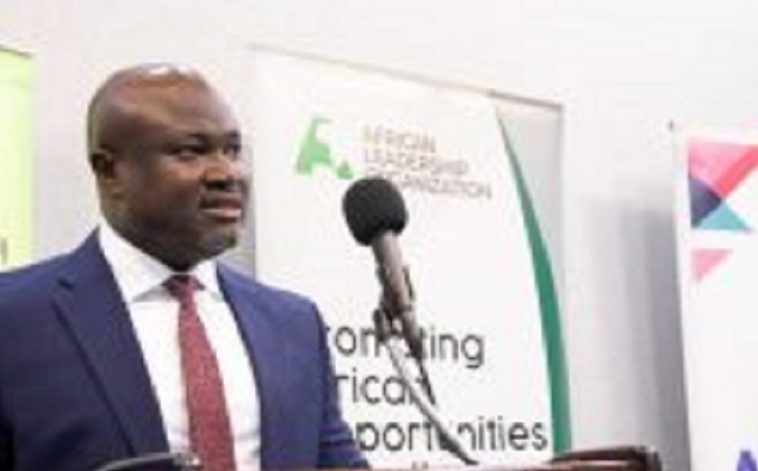The ownership of art and the representation of culture have become focal points of global discourse, particularly concerning African artefacts. These discussions frequently raise ethical questions about the possession of art from diverse cultural origins. Historically, numerous African cultural treasures were removed from their countries of origin, often under dubious circumstances, and are now housed in Western museums.
During the colonial era, vast quantities of African art were taken by European powers. UNESCO estimates that around 90% of Africa’s cultural heritage is held outside the continent. Among the most notable examples are the Benin Bronzes—thousands of brass plaques and sculptures looted by British forces from the Kingdom of Benin in 1897, now dispersed across museums worldwide.
The repatriation of these artefacts has been a contentious issue. While some Western institutions have begun returning items, the process has been slow. For instance, in 2021, France returned 26 artefacts to Benin out of thousands held in French museums. The reluctance of many institutions to repatriate artefacts highlights the complexities of art ownership, raising questions about legal rights, moral obligations, and cultural restitution.
The Debate Over Cultural Representation
The presence of African art in Western museums has sparked significant concerns about cultural representation. Western institutions often display these artefacts without sufficient context, leading to the misrepresentation of African cultures. This misrepresentation extends beyond museums into global narratives, where African art is frequently viewed through a colonial lens, stripping it of its original significance and reducing it to mere exotica.
The Sarr-Savoy Report, commissioned by the French government in 2018, addressed these issues and advocated for the restitution of African cultural heritage. The report recommended the return of all artefacts taken without consent from African countries, recognising the importance of cultural heritage to the identity and history of African nations.
The scale of African artefacts in Western institutions is staggering. A report by the Africa Museum in Belgium revealed that it alone holds over 180,000 objects from Africa. Similarly, the British Museum is estimated to have around 73,000 African artefacts, most of which were acquired during the colonial period.
However, there is a growing movement for restitution. A 2020 survey by the Museum of Ethnology in Vienna revealed that 70% of Europeans believe artefacts taken during the colonial era should be returned to their countries of origin. This sentiment is gaining traction, with Germany announcing in 2022 its plan to return a substantial number of Benin Bronzes to Nigeria.
Challenges in Repatriation
Despite increasing calls for restitution, several challenges hinder progress. One significant obstacle is the legal framework governing art ownership. Many Western institutions argue that they acquired these artefacts legally under the laws of the time, making their restitution legally complex. Additionally, some institutions claim that African countries lack the necessary infrastructure to properly care for these artefacts, although this perspective is increasingly viewed as paternalistic and outdated.
Another challenge is the economic value of these artefacts. African art is highly prized in the global art market, with some pieces fetching millions of dollars at auction. For instance, a Fang Ngil mask from Gabon was sold for $4.2 million in 2021. This economic value creates a financial disincentive for some institutions to return artefacts.
The Way Forward: Collaborative Solutions
The future of art ownership and cultural representation in Africa requires a collaborative approach. Repatriation, while important, is not the only solution. Partnerships between African and Western institutions are essential to ensure that African art is preserved, studied, and appreciated within its cultural context.
Collaborative exhibitions, where artefacts are loaned rather than permanently transferred, have been suggested as a middle ground. These exhibitions can provide African nations with the opportunity to display their heritage while allowing Western institutions to maintain their collections. Furthermore, digital technology offers innovative solutions. Virtual museums and digital archives can provide access to African art globally while keeping the physical artefacts within Africa.
Art ownership and cultural representation in Africa are complex issues that require careful consideration of historical context, legal frameworks, and cultural significance. As the debate continues, solutions must be grounded in respect for African sovereignty and the recognition of the intrinsic value of African cultural heritage. The ongoing dialogue between African countries and Western institutions represents a crucial step towards rectifying historical injustices and ensuring that African art is appreciated in its rightful context.




